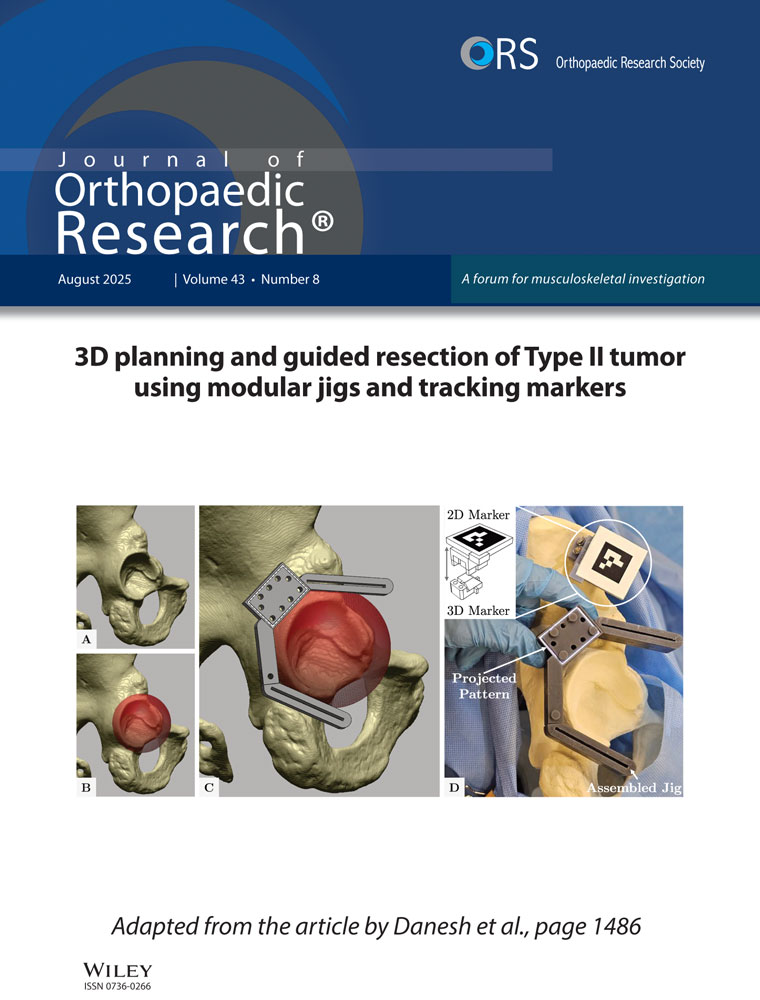Repair of articular cartilage injury following intra-articular chymopapain-induced matrix proteoglycan loss
Abstract
The intra-articular injection of 0.02, 0.2, or 2.0 mg of chymopapain (CP) into the knee of adolescent rabbits caused the loss of more than 50% of the proteoglycans (PGs) in the cartilaginous tissues within the joint. Sequential measurements of cartilage-derived keratan sulfate epitope in serum and analyses of articular cartilage slices 2 days after the injection revealed that 0.02 mg of CP was nearly as effective as higher doses (0.2 or 2.0 mg of CP) in causing the depletion. The degradation and depletion of PGs in articular cartilage were shown to be localized to the joint and did not affect articular cartilage in the contralateral knee joint (no injection) or other cartilaginous tissues in the body. On day 9, partial replenishment of the articular cartilage PGs had occurred, irrespective of the dose used, and the articular surface within the joint remained intact. However, by day 21, articular cartilage in joints injected with 2.0 mg of CP had begun to show progressive degenerative changes, and these changes became more severe with time. In contrast, joints injected with 0.2 mg of CP continued to repair successfully by the reestablishment of a matrix that retained its integrity and appeared to remain functional for at least 6 months. These results suggest that the model may prove useful for the study of the repair processes that follow matrix injury and severe depletion of PGs from the articular cartilage matrix.




